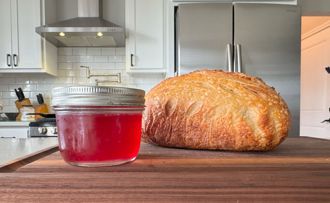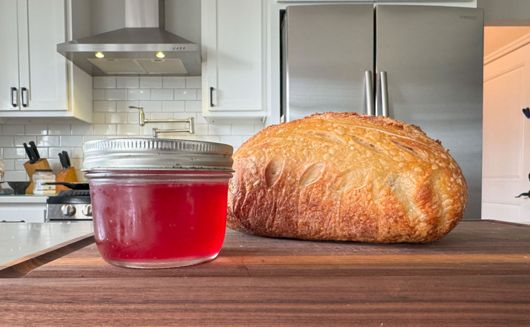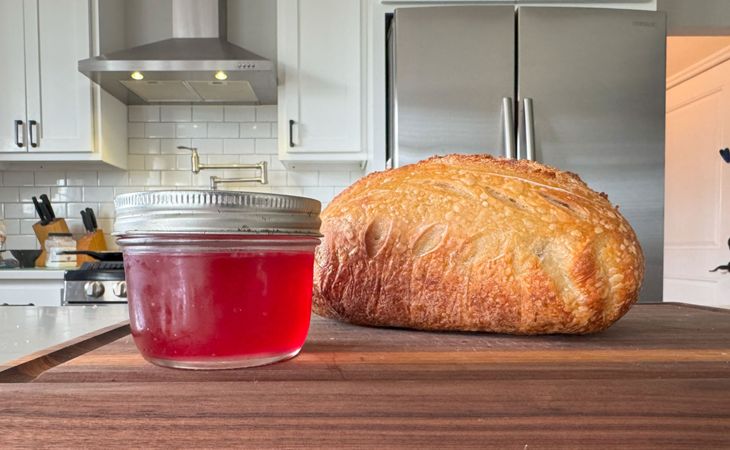Planting Lingonberry Plants
Few things are as delicious as homegrown berries, and the success of your harvest begins right with the planting site and method. For maximum growth and yields later on, give your plants the best foundation possible.
NOTE: This is part 4 in a series of 11 articles. For a complete background on how to grow lingonberry plants, we recommend starting from the beginning.
Before Planting
Before you plant, check your soil pH. Contact your local County Extension Office for information about soil testing in your area, or purchase one of our digital meters for quick and accurate results. Ideally, your lingonberries need a soil pH between 4.5-5.5. To amend your soil, use a soil acidifier. Steer clear of soils that are extremely heavy or very poorly drained.
Planting Tips
- Pick a site with partial shade to full sun.
- Space your plants 10-12 inches and space rows 1 foot apart.
- Amend the soil with organic matter such as dehydrated cow manure, garden compost, peat moss or our Coco-Fiber Potting Medium.
- Don’t plant too deep. The planting hole should be wide enough to accommodate the roots without bending. The crown should be right at the soil level, with the roots just under the surface.
- If your berries are potted, plant them at the same depth as they were in the pot.
- If your berries have bare roots, plant at the same depth as they were grown in the nursery row.
- Soak your new plants with a solution of Stark® Tre-Pep® Fertilizer. (If planting in the fall, wait to fertilize until spring for best results.)
Additional Notes
- Lingonberries spread by underground runners called rhizomes.
- The biggest pest of new plants are weeds, mulch to help minimize the problem.
- Protect your crop from birds with a Garden Net.
- No pruning necessary at planting time.












